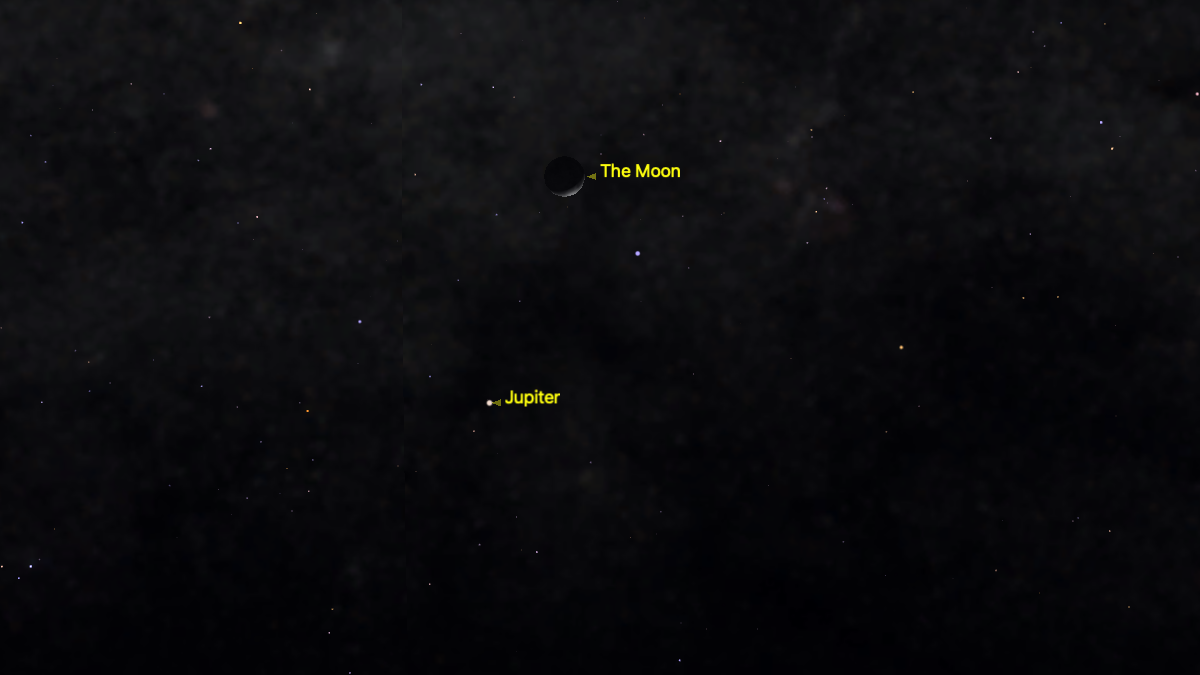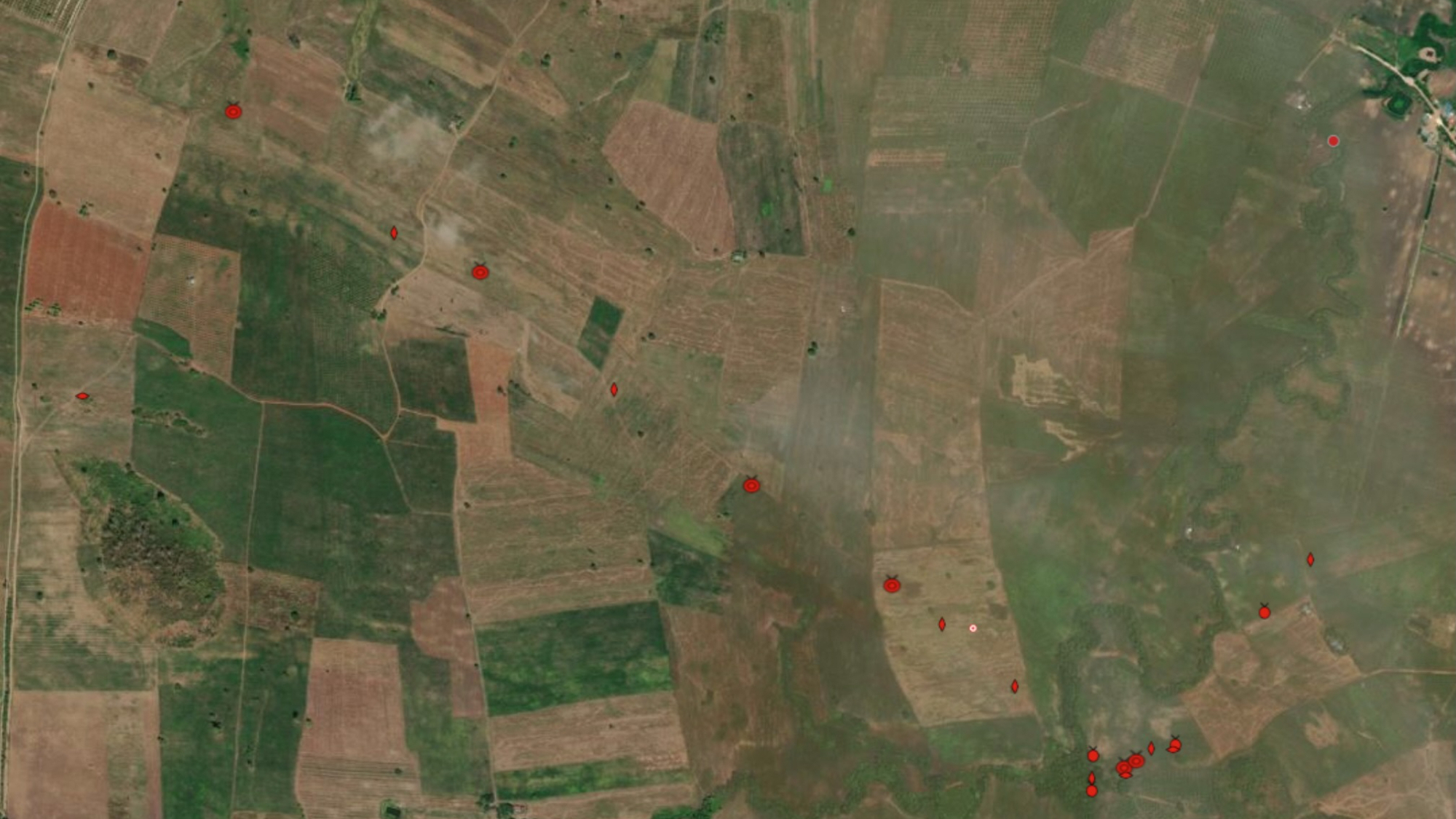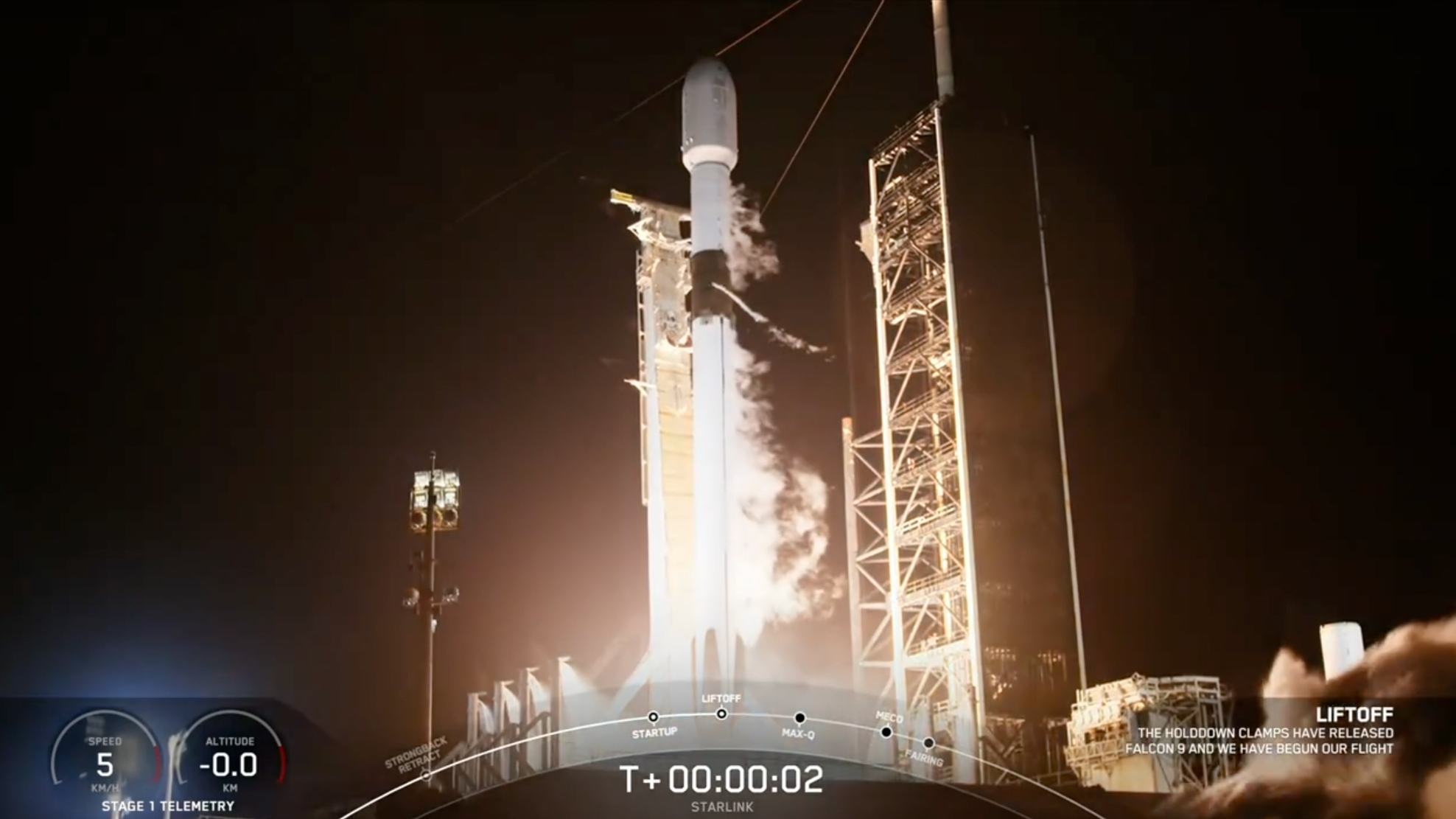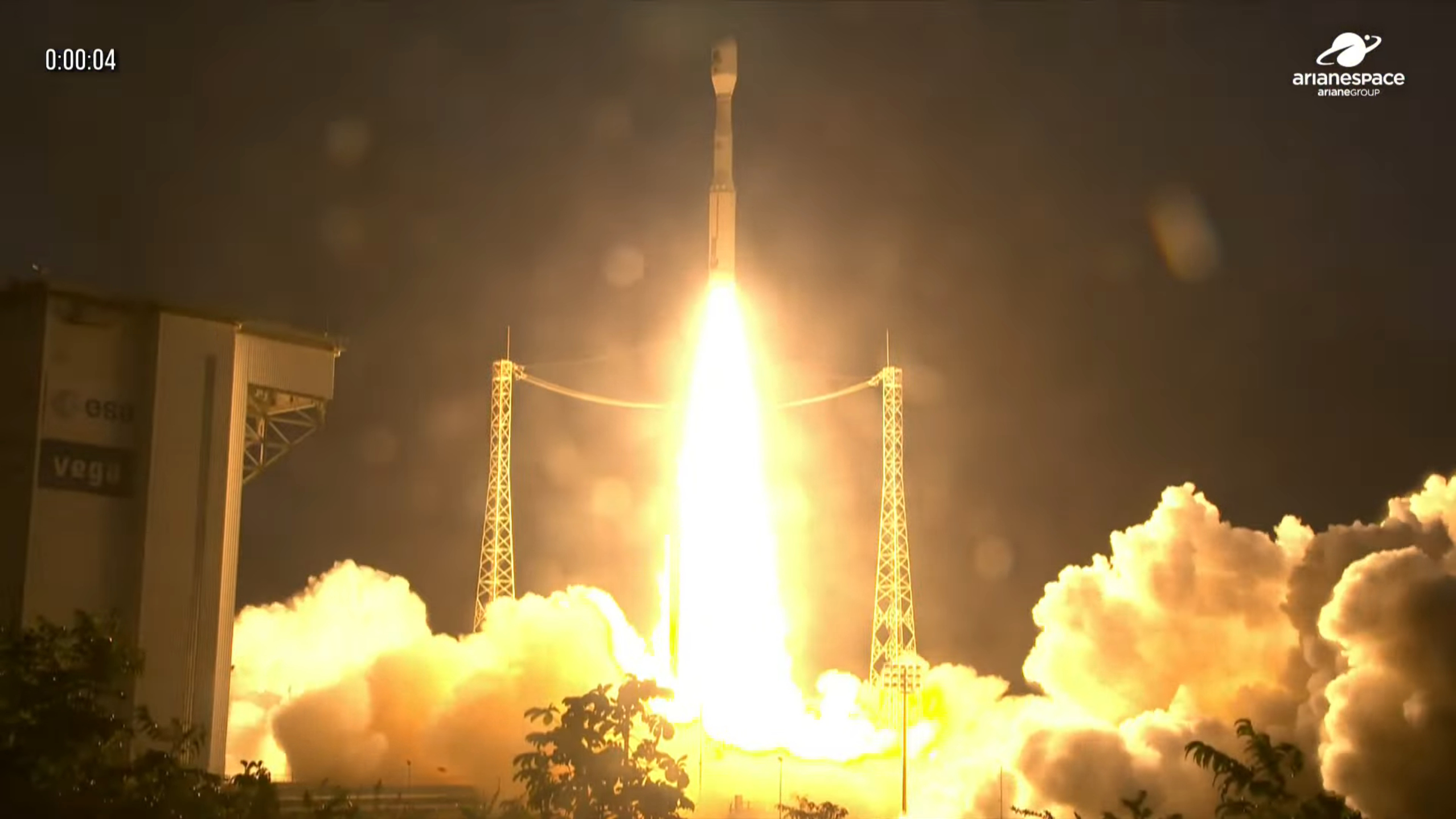'Styrofoam' Planet Discovery Will Help Us Find Habitable Planets and Alien Life
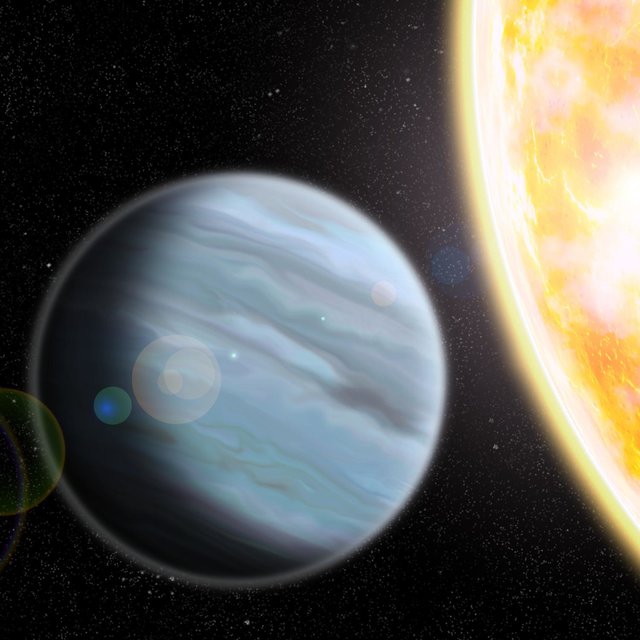
Since the largest exoplanets are the easiest to spot and study, it makes sense that distant worlds with large "puffy" atmospheres would provide the best and most abundant information about the envelope of gases surrounding these faraway planets. But the challenge comes in finding planets with such large atmospheres.
Enter KELT-11b.
According to researchers at Lehigh University, KELT-11b has by far the largest atmospheric scale height of any ever studied, including our own solar system. Scale height describes the height at which an atmosphere "hugs" a planet, and while the scale height of Saturn's atmosphere is about 60 km (37 miles) and Earth’s is about 8 km (5 miles), KELT-11b's is a whopping 2,763 km (1,716 miles).
And the oddities of KELT-11b don't stop there. The planet itself is one of the most puffy and inflated planets in the known universe, with the density of a Styrofoam ball — the kind that students use to simulate planetary bodies in classroom presentations.
"It is highly inflated, so that while it's only a fifth as massive as Jupiter, it is nearly 40 percent larger, making it about as dense as Styrofoam, with an extraordinarily large atmosphere," said Joshua Pepper, astronomer and assistant professor of physics at Lehigh University, who led the study.
Pepper called KELT-11b an "extreme" version of a gas planet. It is orbiting very close to its host star, circling it in less than five days. The star, KELT-11, has started using up its nuclear fuel and is evolving into a red giant, so the planet will eventually be engulfed by its star and not survive the next hundred million years.
But this star is extremely bright — the brightest known transiting exoplanet host that can be seen from the southern hemisphere — and is the sixth brightest transit host to date. Such a bright star allows for precise measurements of the planet's atmosphere.
Get the Space.com Newsletter
Breaking space news, the latest updates on rocket launches, skywatching events and more!
RELATED: 'Habitable' Exoplanets Might Not Be Very Earth-Like After All
The team wrote in their paper that all "these attributes make the KELT-11 system a valuable target for follow-up and atmospheric characterization and it promises to become one of the benchmark systems for the study of inflated exoplanets."
Pepper also said that KELT-11b is "an excellent testbed for measuring the atmospheres of other planets," and that it will help astronomers develop the best tools to see the types of gases in atmospheres, specifically for assessing habitability or possible life on distant exoplanets.
"We don't know of any real Earth-like planets or stars for which we can measure their atmospheres, though we expect to discover more in future years," Pepper said. "These [giant gas] planets are the gold standards or testbeds for learning how to measure the atmospheres of planets."
Another unique aspect of this exoplanet is that it was found with the help of citizen scientists. In fact, 40 amateur scientists from 10 countries contributed directly to the discovery of KELT-11b and are listed as co-authors on the paper.
The KELT (Kilodegree Extremely Little Telescope) survey uses two small robotic telescopes in Arizona and in South Africa. The telescopes scan the sky every night, measuring the brightness of about five million stars. Like the exoplanet-finding "champion," the Kepler space telescope, KELT looks for stars that seem to dim slightly at regular intervals, which can indicate a planet is orbiting that star and eclipsing it, called a transit.
But most of the planets found by Kepler orbit faint stars, making it difficult to measure the planets' properties precisely.
"The KELT project is specifically designed to discover a few scientifically valuable planets orbiting very bright stars, and KELT-11b is a prime example of that," Pepper said.
RELATED: Watery Atmosphere Discovered on Neptune-Like Exoplanet
KELT specifically looks for gas giant planets orbiting bright stars, but the team didn't expect to find planets with such low mass and large sizes.
"We were very surprised by the amazingly low density of this planet," Pepper said. "It's extremely big for its mass. It's got a fifth of the mass of Jupiter but is puffed up into this really underdense planet."
They hope that further study of this world by the Hubble and Spitzer space telescopes will provide additional information about the mechanism that causes inflated planets.
While exoplanet researchers are anticipating the launch of the James Webb Space Telescope and the Transiting Exoplanet Survey Satellite (TESS) mission, both scheduled to launch in 2018, Pepper and his fellow researchers feel that small, ground-based telescopes still have a special niche to fill in exoplanet studies.
"Notably, the population of transiting planets discovered by the ground-based surveys tend to be large planets with short orbital periods orbiting bright stars," the team said in their paper. "These planets, unlike the vast majority of the Kepler planets, offer great potential for detailed characterization of the atmospheres of exoplanets. For that reason, the ongoing discoveries from ground-based transit surveys will continue to provide great value."
Originally published on Seeker.
Join our Space Forums to keep talking space on the latest missions, night sky and more! And if you have a news tip, correction or comment, let us know at: community@space.com.

Nancy Atkinson is a science journalist and author who works to tell the stories of people involved in space exploration and astronomy. She has written two books about the people behind NASA projects like the Apollo missions and the robotic rovers exploring our solar system, and hosted/worked on several astronomy podcasts. A writer for Universe Today since 2004, Atkinson's work can also be found at The Planetary Society and Ad Astra, the magazine of the National Space Society. Other work can be found at Seeker, New Scientist, Wired.com, Space.com, NASA’s Astrobiology Magazine, Space Times Magazine, and several newspapers in the Midwest.
